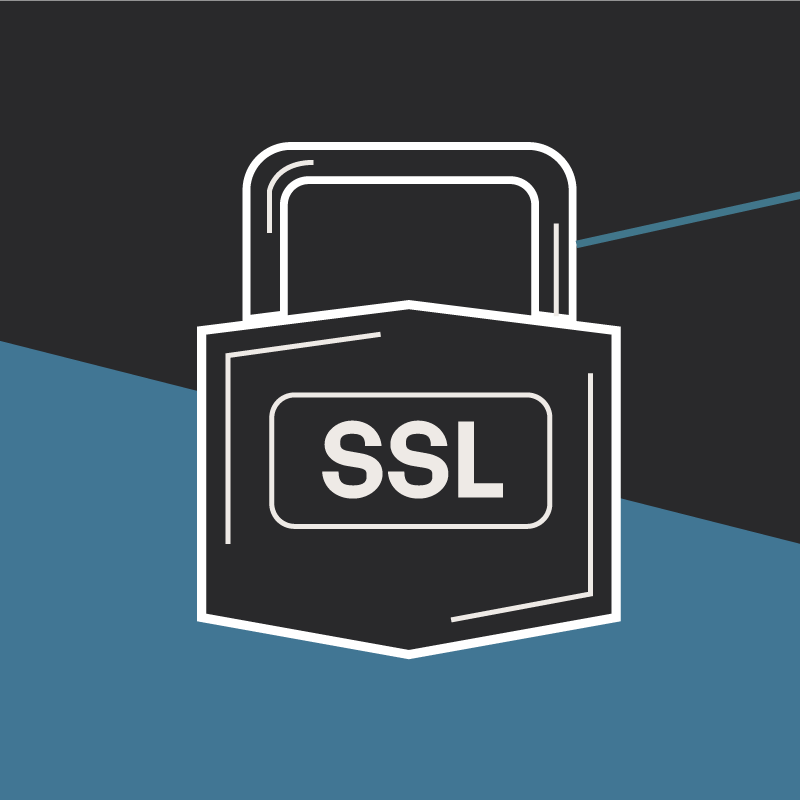What Advantages Does Load Balancing Provide for Web Servers?
Dan Sales#Hosting

We discuss three advantages that hardware load balancing can bring to your web hosting environment: scalability, redundancy, and flexibility.
To be clear, what we’re discussing here is hardware load balancing of traffic to two or more web servers, rather than load balancing as it relates to content, database servers, or software load balancing. Let’s look at three key advantages that load balanced web servers can provide:
Scalability
The amount of traffic a website receives has a substantial effect on its performance, and load balancing provides the capability to handle most sudden spikes in traffic by spreading the traffic across multiple servers. Adding more load balanced servers to handle increased traffic is much easier and faster to implement than moving a site to an entirely new, more powerful server. This is especially advantageous for sites which operate on virtual web servers, since existing servers can easily be cloned and added to the load balanced array.
As a site’s traffic fluctuates, load balancing allows server administrators to increase or decrease the number of web servers depending on the site’s current needs. Here are a few examples of how regular changes in site traffic might necessitate the use of load balancing to adjust server capacity:
- Educational websites: Universities which use their website to allow students to enroll for classes online will often see a large increase in site traffic each semester during the enrollment period. This increase can cause site slowness at these peak times, and adding one or more load balanced web servers to increase the site's capacity can address this issue.
- E-commerce websites: E-commerce sites usually see a large increase in traffic over the holiday season; adding one or more load balanced web servers can keep the site from experiencing slowness during this busy time.
Changes to the number of load balanced servers can be made as needed, so servers can be added in preparation for periods of increased traffic, then removed when they are no longer necessary. Utilizing load balancing provides this exceptional scalability, ensuring that a website is always prepared to meet its users’ demands.
Redundancy
Utilizing load balancing to maintain a website on more than one web server (whether they are dedicated servers or virtual servers) can greatly limit the impact of hardware failure on a site’s overall uptime. Since the website traffic is sent to two or more web servers, if one server fails, the load balancer will automatically transfer the traffic to the other working web server(s).
Load balancing can be used in two different modes: in active/active mode, all servers actively receive traffic, while in active/passive mode, the active server receives the traffic, and the passive server will come online if the active server fails. Maintaining multiple load balanced servers provides the assurance that a working server will always be online to handle site traffic even in the case of hardware failure.
Flexibility
Using multiple load balanced servers to handle a site’s traffic allows administrators the flexibility to perform maintenance on a server without impacting site uptime. This can be done by pointing all traffic to one server and placing the load balancer in active/passive mode. Software upgrades and code updates can be deployed to the passive server and tested in a production environment, and when administrators are comfortable that the updates have completed with no issues, they can switch the passive server to active and do the same work on the other server(s). Any server maintenance can be staggered in this way, with at least one server remaining available, ensuring that the site’s users do not experience any outages.
For enterprise websites, maintaining uptime and performance is essential, and load balancing is a key part of making sure your site has the capacity to do so. Do you have any questions about how you can implement or configure load balancing? Please let us know in the comments below.
Related Posts
CMS Cloud Mastery: Overcoming Migration Challenges (Webinar)
Umbraco and Diagram have teamed up for a webinar on April 24th, 2024 at 12pm (ET) to discuss how to overcome cloud-based migration challenges. Register now.

Why Do I Need an SSL Certificate?
Without understanding what an SSL Certificate is, it may be hard to realize why this is so important for your website. In this blog Diagram will cover both of these topics.
Results Matter.
We design creative digital solutions that grow your business, strengthen your brand and engage your audience. Our team blends creativity with insights, analytics and technology to deliver beauty, function, accessibility and most of all, ROI. Do you have a project you want to discuss?
Like what you read?
Subscribe to our blog "Diagram Views" for the latest trends in web design, inbound marketing and mobile strategy.
